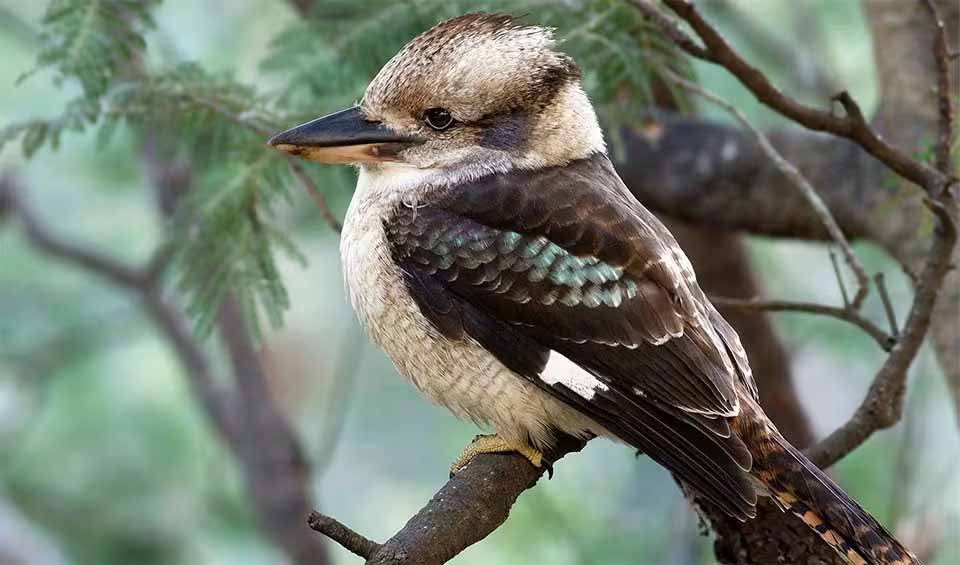Alcedo
One of the most aptly named birds after their incredible ability to catch fish
Renowned for their vivid colors, these birds are distributed widely across various continents, including Africa, Asia, Europe, and parts of Oceania.
Alcedo kingfishers are small to medium-sized birds, boasting brilliant plumage that is often a mix of bright blues, greens, and earth tones, which not only render them beautiful but also provide camouflage against the water and foliage in their habitats. The sexes are typically similar in appearance, making it challenging to distinguish males from females based on plumage alone.
While many envision kingfishers as birds perched by waterways, Alcedo kingfishers are indeed often found near calm ponds, gently flowing streams, and rivers, primarily in densely wooded areas. Their presence by water bodies is tied to their feeding habits, as many species dive to catch fish or aquatic insects. However, the genus Alcedo also includes species that are adapted to forested environments away from immediate water sources.
Kingfishers of the genus Alcedo typically hunt by perching quietly before swooping down to snatch prey with their large, powerful beaks. Their diet is diverse, consisting of fish, crustaceans, and large aquatic insects for those near water, while forest-dwelling species may consume a range of invertebrates. This adaptability in diet allows them to thrive in a variety of ecological niches.
The hunting technique of swooping down from a perch is a hallmark of the kingfisher feeding strategy. They possess keen eyesight, allowing them to spot prey from above the water or forest floor before diving down at remarkable speeds to catch their meal. Their beaks are specially adapted for this style of hunting, being long, straight, and pointed to aid in the capture and handling of slippery prey like fish.
Species in this genus
Common kingfisher
Possessed with special visual adaptations to catch fish
Kookaburra
They are known to form cooperative breeding groups, where offspring from previous years help the parents raise the next brood of chicks



